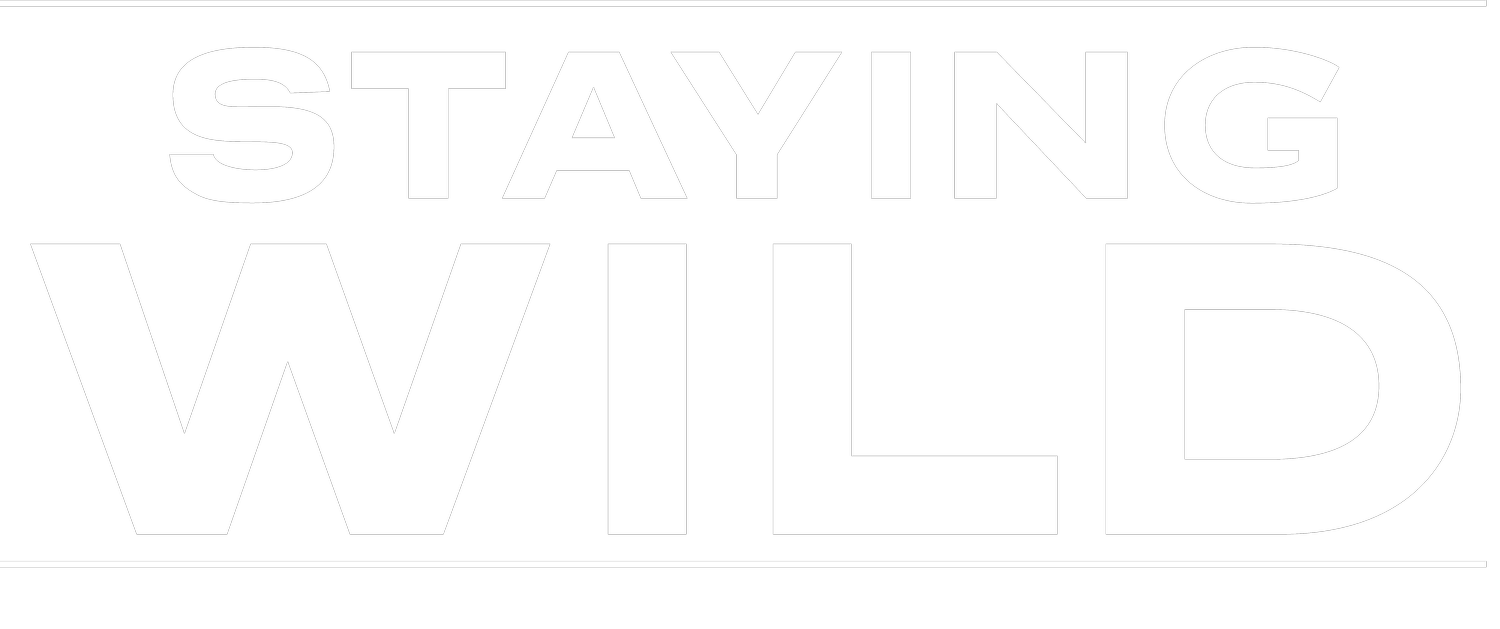Basic wildlife photography equipment
Wildlife photography can be a rewarding and exciting hobby, but it requires the right equipment to capture stunning photos of animals in their natural habitats. Below we'll cover the basic wildlife photography equipment you need to get started.
1. Camera
When it comes to wildlife photography, a camera is the most essential tool in your kit.
DSLR cameras are popular among wildlife photographers because they offer a high level of control over settings and interchangeable lenses. Mirrorless cameras are also a great option, as they are lighter and more compact than DSLRs.
When selecting a camera for wildlife photography, it's essential to prioritize features such as a fast frame rate, silent shutter mode, an efficient autofocus system, and a weather-sealed body, to ensure you're always ready to capture the perfect shot, no matter the conditions.
For more information on what to look for in a camera for wildlife photography check out this article!
2. Telephoto Lens
A telephoto lens is necessary for wildlife photography because it allows you to capture close-up images of animals from a distance. The focal length you need will depend on the type of wildlife you plan to photograph and how far away it will be. A lens with a focal length of at least 300mm is recommended for wildlife photography.
3. Tripod
A sturdy tripod is essential for wildlife photography, as it will help you keep your camera steady and prevent blur. When selecting a tripod, look for one that is lightweight, durable, and easy to set up and adjust.
4. Binoculars
A large part of wildlife photography is waiting and looking for a subject to shoot. A good pair of binoculars can be extremely helpful for spotting wildlife and scoping out potential photo opportunities. Look for binoculars with a magnification of at least 8x or 10x, and with a wide field of view for tracking moving animals. Make sure they are also waterproof and fog-proof, as you never know what weather conditions you might encounter in the field.
5. Teleconverter
A teleconverter is an accessory that can be attached to a telephoto lens to increase its focal length, effectively making it even longer. This is especially useful for wildlife photography, as it allows you to get even closer to your subjects without physically moving closer. Keep in mind that using a teleconverter can result in some loss of image quality and reduced maximum aperture, so it's important to choose a high-quality teleconverter that is compatible with your lens.
6. Camera Bag
A good camera bag will help protect your equipment while you're out in the field. Look for a bag that is capable of carrying large telephoto lenses, is comfortable to carry, and is weather-resistant.
7. Spare Batteries and Memory Cards
Wildlife photography can be time-consuming, so it's important to have spare batteries and memory cards on hand. You don't want to miss the perfect shot because your battery died or you ran out of space on your memory card.
8. Bean Bag
A bean bag can be a handy accessory for wildlife photography because it allows you to stabilize your camera on uneven surfaces where a tripod isn’t practical. You can use it to support your camera on the roof of your car or on a rock or log in the field.
By investing in quality equipment and taking the time to learn the ins and outs of wildlife photography, you'll be well on your way to capturing stunning images of nature's most majestic creatures.
Learn more about basic wildlife photography equipment
“Best kit for wildlife photography,” Amateur Photographer
“The Essential Wildlife Photography Gear Every Beginner Needs,” Camera House
“9 Essential Pieces Of Wildlife Photography Gear,” Shutter Muse

